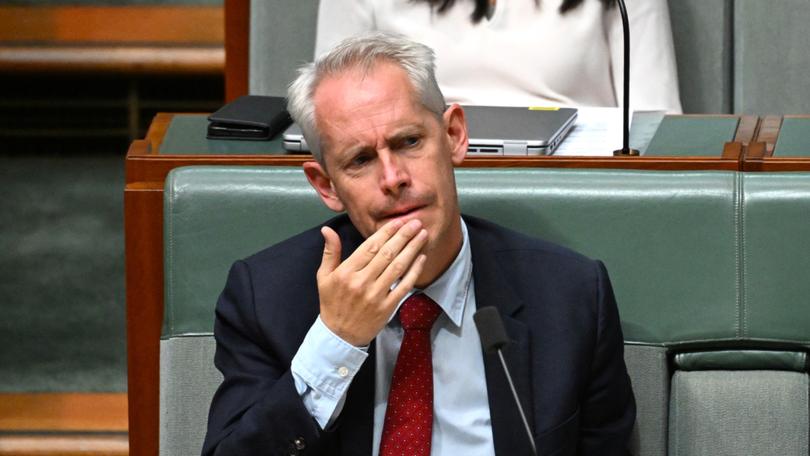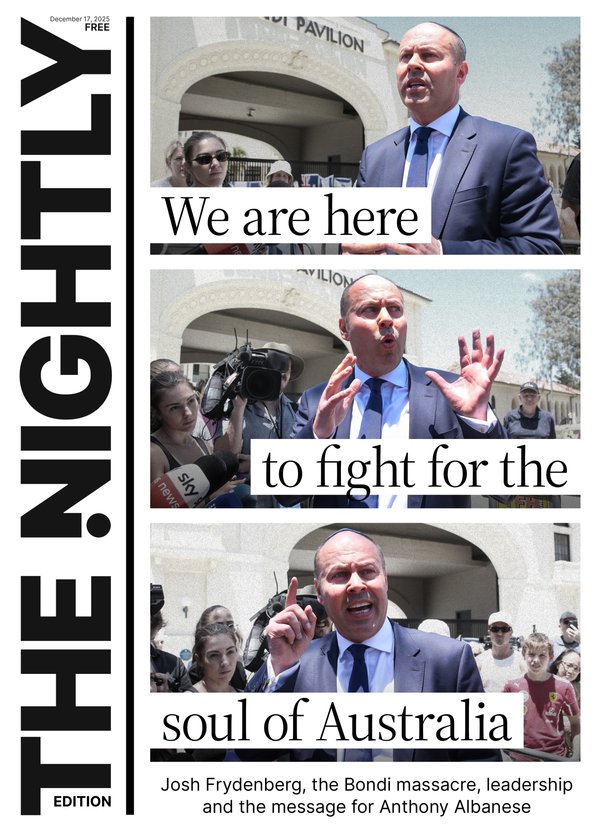Drones used to check accommodation of former immigration detainees

Drones are being used to photograph and map the areas where former immigration detainees are living to make sure they are not near schools or other forbidden areas — but not tracking individuals.
The Government has repeatedly insisted the 153 people released from immigration detention after the High Court NZYQ ruling are being constantly monitored.
About half have electronic ankle trackers and other monitoring efforts include curfews, reporting requirements and random house checks.
Sign up to The Nightly's newsletters.
Get the first look at the digital newspaper, curated daily stories and breaking headlines delivered to your inbox.
By continuing you agree to our Terms and Privacy Policy.Immigration Minister Andrew Giles also revealed last week that Border Force was “using drones to keep track of those people” — the first time aerial surveillance had been mentioned.
Australian Federal Police later told an estimates hearing they were not aware of drones being used.
But the Government has continued to insist they are part of the operational efforts.
Cabinet minister Murray Watt on Sunday said they were checking on the location and proposed accommodation of the non-citizens.
“My understanding is that drones are being used as part of this operation, but more in the sense of monitoring the accommodation that people are living in, for example, ensuring that it’s not too close to schools or other areas that they’re not supposed to be living close to,” he said.
Under the laws rushed through parliament in November after the High Court ruling, one of the conditions that can be imposed on the bridging visas for the cohort is that if they were convicted of an offence involving a child, they must not go within 200 metres of a school or childcare centre.
A Home Affairs spokesperson said authorities keeping tabs on the NZYQ cohort under Operation Aegis “may use aerial imagery from a variety of sources for operational planning purposes, for example to confirm the location of a BVR holder’s accommodation”.
Shadow home affairs spokesman James Paterson rubbished the notion that drones were being used for mapping.
“You don’t need a drone to do that. That sounds like satellite imagery. It sounds like, frankly, something a 12-year-old would get on Google Earth,” he said on Sunday.
“What on earth is going on here? And why won’t Andrew Giles be upfront about whether or not he just made this up or he accidentally revealed a secret drone program?”

Mr Giles is also scrambling to fix up another immigration mess after it emerged his department had failed to tell him the Administrative Appeals Tribunal was overturning visa cancellations for serious criminals and citing a ministerial direction to consider a person’s ties to Australia.
AAT registrar Michael Hawkins told Senate estimates on Friday the tribunal had overturned 184 visa cancellations since July — half of all the relevant cases — but he could not say whether the new ministerial direction 99 regarding ties to Australia played a role in all these decisions.
In the previous financial year, when direction 99 was only in effect for three months, the tribunal overturned 46 per cent of visa cancellations.
The minister is working to reissue a new direction that places community safety as the highest-order consideration in such cases.
He has also been re-cancelling visas, with about 20 revoked since Wednesday.
The Government has been pointing to cases where Opposition Leader Peter Dutton, as immigration and then Home Affairs minister, freed criminals or had his departmental delegate undo visa cancellations.
Senator Paterson said it was a ludicrous notion to try and say Mr Dutton was soft on foreign criminals.
“Does anybody seriously believe that? … I mean, this is a guy who cancelled visas over breakfast in the morning,” he said.

